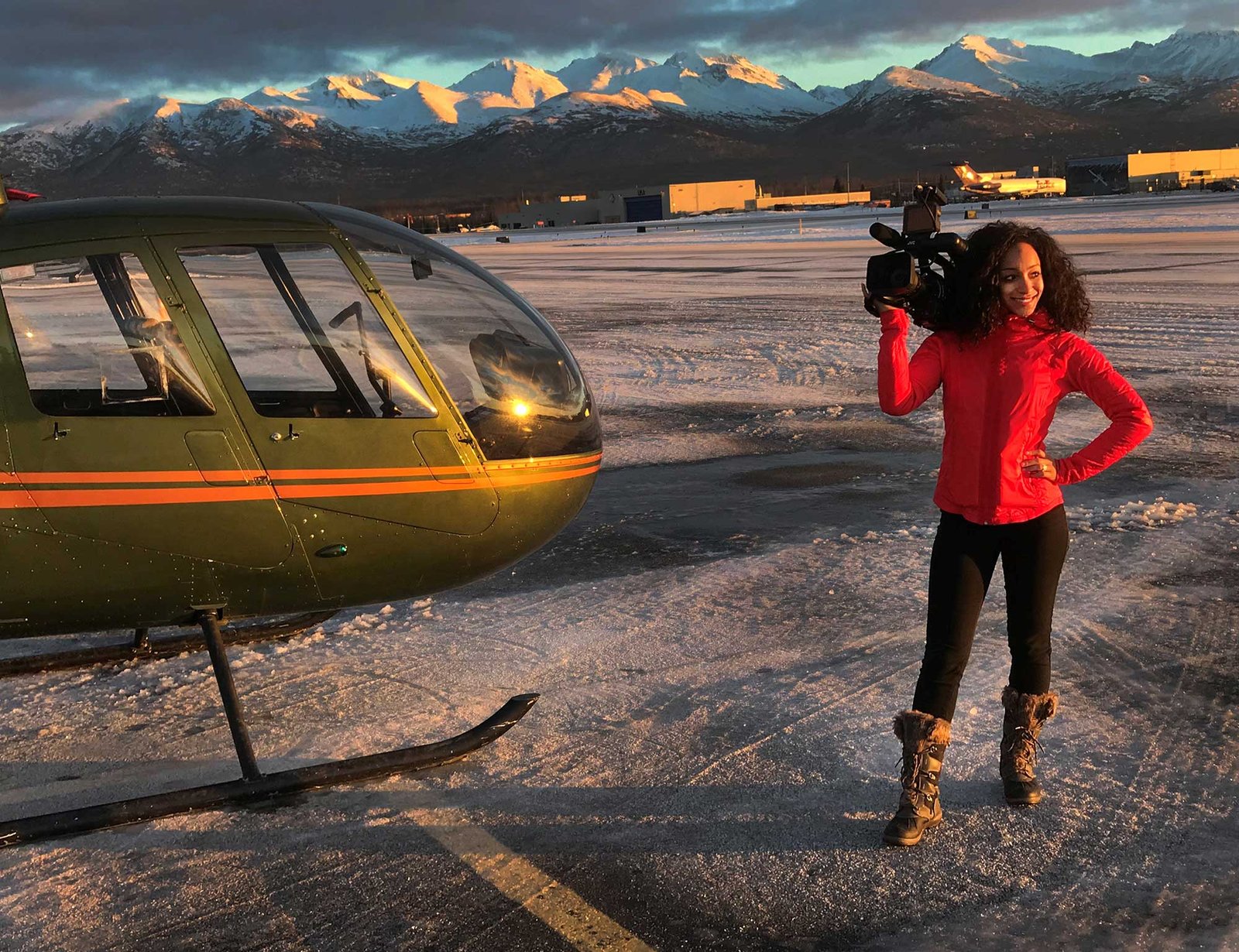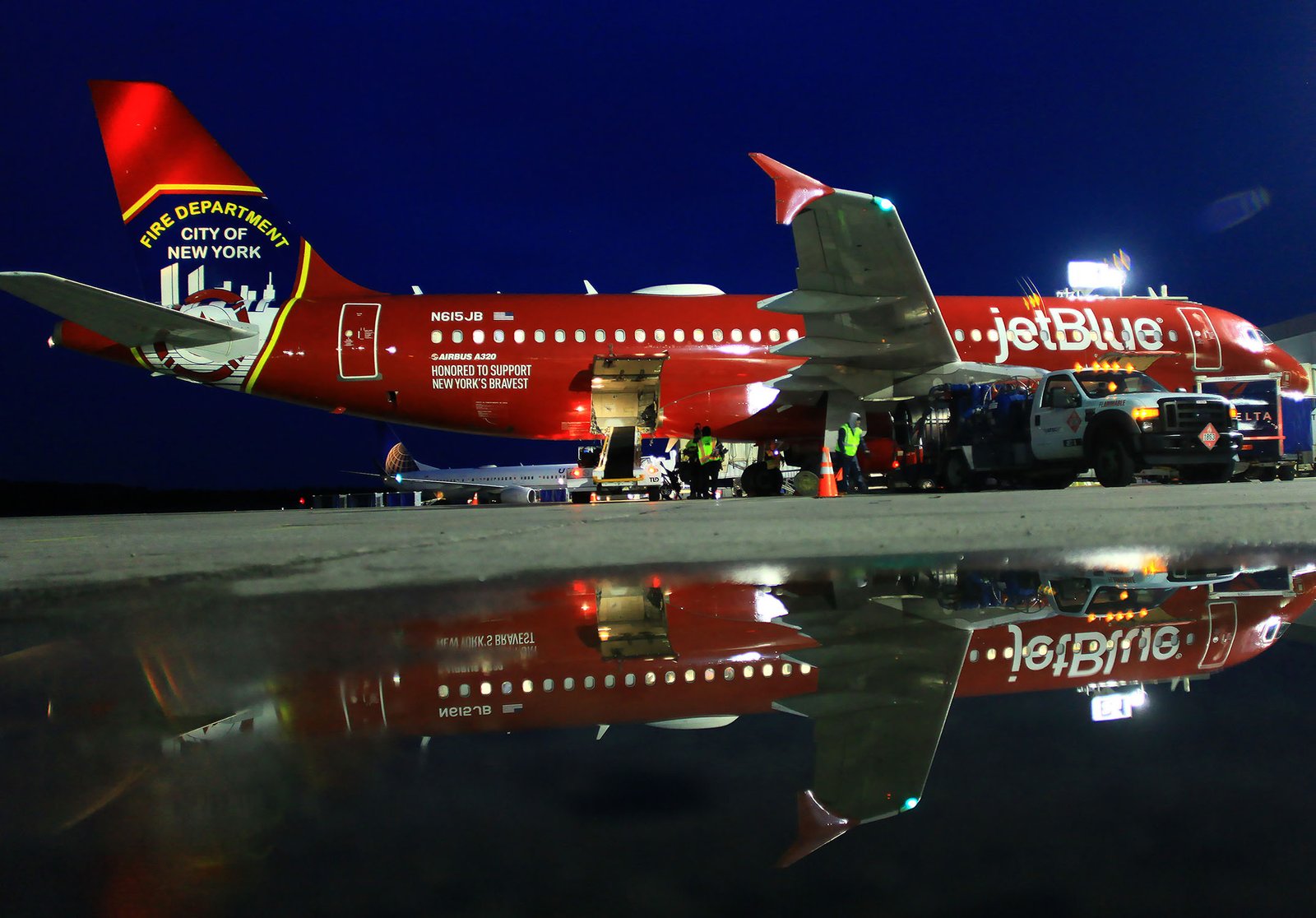Capturing appealing photographic images is no longer limited to wildlife, nature and the fashion photographers as we know it. The eye of a photographer holds no bar. Aircraft portraits are popular now and Aircraft photography has captured the imaginations of many. Aviation photography is a perfect blend of beautiful machines soaring the skies fused with the skill of a fearless pilot. Photographing aircraft, the sky is the limit. Not just being limited to planes flying, Aviation photography covers vast subject matter and many possibilities. Static Airplanes, terminals and a myriad of angles and lighting.
AIRCRAFT PHOTOGRAPHY(Aviation Photography) AND ITS TYPES

If you are interested in aircraft photography exploring the various types of Aircraft Photography will help a person understand the true nature and thrill involved in this adventurous career. Airplanes like most of the other subjects that photographers capture come in all shapes and sizes. For all those photo enthusiasts out there, who are intrigued by various types of hot air balloons to rockets. Some of the larger jets are mighty machines that represent power, strength, speed, movement, engineering. Aircraft photography can be split into following types:
- Ground Static Photography
- Terminal Photography
- Ground to Air Photography
- Air to Air Photography
- Remote photography
The names are pretty clear what type of photography is being done, but it is not so easy as it seems, each of the types comes with its own challenges that the photographer must be prepared. Many photographers pick one area and develop their niche—other all-around photographers are blessed with the ability to previsualize aircraft in various phases of flight, then make a photograph of them in action.
Now let’s get into the details one by one:
-
GROUND STATIC PHOTOGRAPHY
The photographs of the stationary aircraft taken by the Aircraft photographer on the ground inculcate Ground Static photography. It is very common at air shows and airports where there is a lot of aircraft activity. Generally, the basic type of equipment involved in this type of photography would be a professional camera with a longer focal length lens as the aircraft are very far away from the photographer. In this case, it is important to invest in quality telephoto and zoom lenses. On the ground parked the planes are static and capturing the background, pilot etc. becomes hassle-free also the photographer has full control over lightening, aircraft placement, camera angles, and background. Photos can be of aircraft exteriors, interiors or aircraft details.
-
TERMINAL PHOTOGRAPHY
Airport terminals are buzzing with airplanes all the time and capturing these beasts through the terminal windows is deemed as Terminal Photography. The equipment recommended along with the camera would be a polarized filter in front of the camera lens as the images could turn contorted by the window glass at an angle or have window reflections that will compete with your aircraft. Photographers face a lot of problems as often terminals are high on security and most places do not allow cameras, although some airports have windows or observation areas which can be visited without having to go through security. Also, patience is required to get good quality photographs through tinted terminal windows.
-
GROUND TO AIR PHOTOGRAPHY
The Photos taken by a static Airplane photographer on a ground of a plane in flight is termed as Ground to Air photography. This type of photography is very common basically at air shows where these mean machines are captured in their full grace. Also, this is the most sought-after form of Aircraft Photography. Some more concepts come into play in Ground to air photography such as Lightening and background and the distance between the Airplane photographer and the target airplane which is far greater, so for best results, a focal length lens is recommended. The best time of the day is usually early morning or late afternoon to use the best lighting for full aircraft images. Mid-day images are usually drab in bright hazy lighting.
-
AIR TO AIR PHOTOGRAPHY
Basically, two aircraft flying in formation are required for Air to Air Photography. One of them carries the photographer and is called the lead aircraft. The subject aircraft is captured whilst both in flight and it helps in capturing better angles and locations to get the most desirable shot. Lightening and background should always be considered to get best photos. Proper lightening is achieved through relative positioning of the aircraft relative to the sun or by only flying at the certain time of the day as required. Such type of photography is very much resourceful as it can be used for a variety of purposes such commercial use or Advertising etc. Photographers need to meet with pilots in advance with an action plan for safety and assure aircraft are placed in the best light and have non- competing backgrounds.
-
REMOTE PHOTOGRAPHY
When the camera is mounted externally on the aircraft structure away from the Aircraft photographer and is triggered remotely using a radio remote or mechanical trigger it is said to be Remote Photography. It is a slight variation from air to air photography. A typical method to achieve interesting imagery is to place the camera where the horizon and part of the aircraft are in good view. Operating the cameras and mounting them require high skill and equipment as well.
The world of Aircraft photography also extends to Military aviation photography which requires an extra set of specific skills where the photographer and the target aircraft fly at very high velocities while moderate to higher G-Force. A flight suit, flight boot, flight helmet with a communication system, oxygen and mask are the extra set of equipment required to capture photographs in military aviation.

